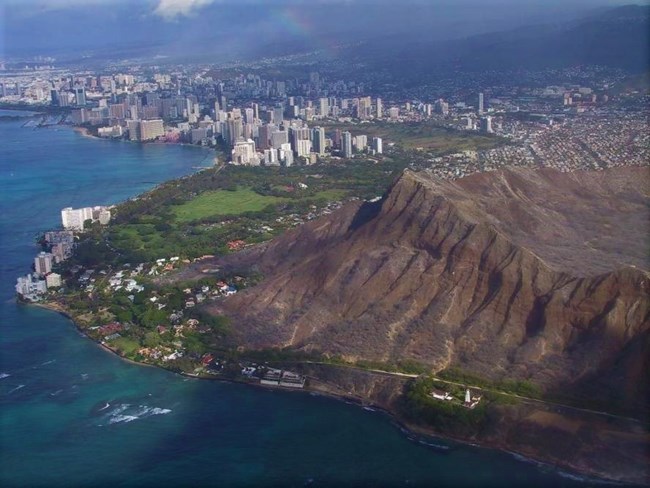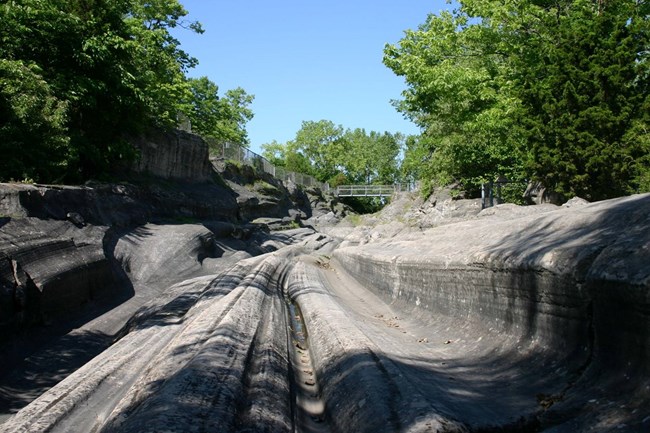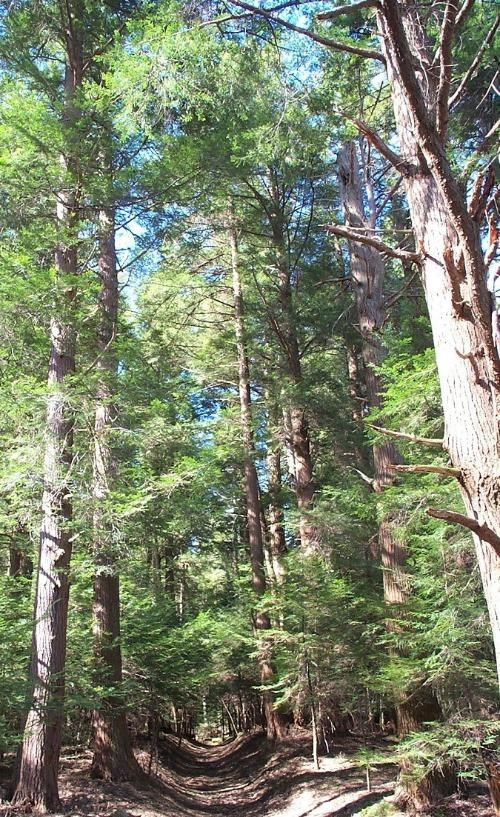Last updated: April 1, 2021
Article
What are the NNLs in your neighborhood?

Photo by Thomas Fake
Many of us dream of traveling across the country and visiting big National Parks to experience geysers, waterfalls, jaw dropping vistas and the serenity of wild lands. Sometimes just the knowledge and understanding of these unique natural landscapes can inspire awe and awaken the senses. And while there is no denying the magic of those “famous” outdoor destinations, similar energizing and soul recharging opportunities can be found in places great and small. These may be the places closer to home where you go to hike, fish or sit under an old tree and listen. If you search out these special places, you may find they are closer than you think.
National Natural Landmarks (NNLs) are sites designated for having outstanding and remarkable natural features. Most of these sites are not owned or managed by the federal government, rather they are owned and managed by states, cities, or private individuals. Chances are good you’ve heard of, or even been to, some of these sites. If you visit Honolulu, or see an image of the city’s skyline, you have seen Diamond Head NNL in the background. Visitors to La Brea Tar Pits in Los Angeles may not know that they are at an NNL, but it is one of 602 sites across the country with this special designation.

Photo by Jake Ryan
While many NNL sites are well-known, most are not household names. They are unique places that are sometimes off the beaten path, sometimes located on private property, and sometimes places we’ve passed by a million times but might not have ever really noticed.
Landmark sites play an important role in illustrating the vastness of our natural world, including caves, bogs, swamps, old growth forest, rare plant communities, and fossil sites, to name a few. NNLs are places to learn about the forces that have shaped our landscapes like glaciers that left their mark at Glacial Grooves State Memorial on Kellys Island, OH, or meteor strikes at Odessa Meteor Crater in western Texas, or volcanic activity at Alaska’s Redoubt Volcano. NNLs are places to imagine time periods long ago based on fossil remains found at Mammoth Site of Hot Springs, SD or to marvel at the scale of old-growth trees in West Virginia’s Cathedral Park, or investigate the fine details of a carnivorous pitcher plant at Hawley Bog, MA. NNL designation highlights that these natural features add richness to the natural world and are worthy of conserving.

Photo by NPS
Is there an NNL close to where you live? What significant natural features does it contain that make your corner of the world a special place? How does discovering more about these treasures in your neighborhood elevate your appreciation for the natural world? To find out more about the NNLs near you or across the country, check out this interactive map.
Now that you discovered what NNLs might be close to you, think about how the resources at that site might be connected to the resources at other protected or recognized sites. NNLs are just one of many different important natural areas that help conserve the natural heritage of this country. From lands under conservation easements to local city parks to biosphere regions to designated wilderness areas, all such protected and recognized areas form a network that connect natural spaces across the landscape and offer a multitude of opportunities for us to connect with the natural world. And, ensuring that the magnificent story of our national heritage can be told and enjoyed for generations to come requires a village, including public and private land stewards working together to care for these special places, and individuals passing along the joy, wonder and appreciation of our shared heritage to others. To learn more about connected conservation and ways you can engage, click here.
Please remember, National Natural Landmarks (NNLs) are not national parks. NNLs are owned by a variety of public and private entities and allowing visitation is at their discretion. Many NNL sites maintain public websites where additional information may be found.
